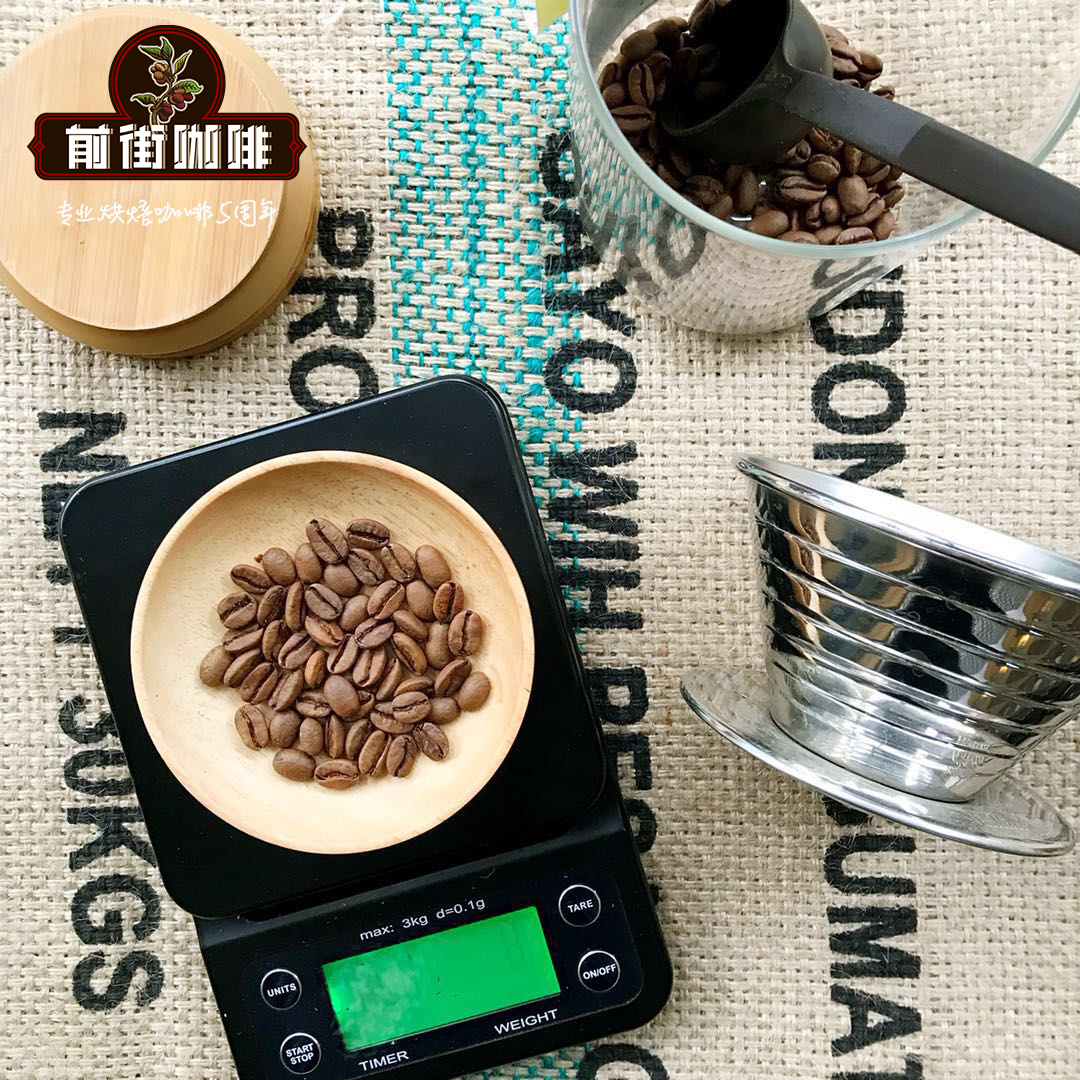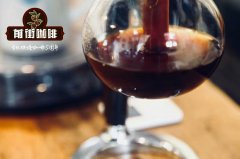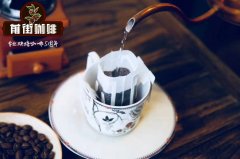Correct English spelling of Mocha Coffee Yemeni mocha Coffee handmade parameters suggest Flavor performance

Professional coffee knowledge exchange more coffee bean information please follow the coffee workshop (Wechat official account cafe_style)
The word "mocha" has a variety of spellings: Moka, Moca and Mocca are all common spellings, and as many as four local spellings have been seen on gunny bags and documents of Yemeni coffee: "Mokha", "Makha", "Morkha" and "Mukha", all with the same meaning.
Yemen-Mokha Haimi Natural | Yemeni mocha sun drying sea honey
Production area: Haimi
Altitude: 1700m
Variety: original species
Treatment: insolation
Yemen is an ancient coffee-producing country. Although it belongs to Asia geographically, it is similar to neighboring Africa in terms of coffee flavor. Yemeni coffee comes from Ethiopia across the Strait. According to textual research, long-bodied beans of Hara species should be first introduced, but for thousands of years, due to planting conditions, climate and other factors, Yemeni coffee has slowly evolved quite a number of varieties.
Because of the undulating terrain here, the planting conditions evolved from each region are different, which, of course, results in differences in the flavor of coffee in different producing areas. Local coffee farmers in Yemen seem to be used to distinguishing different flavors by the origin of coffee, such as Ismaeili, Matari, Anisi and so on, which is slightly different from the way we are used to.
Yemeni coffee is also handled in a much simpler way than in other coffee-producing countries, because there is no excess water for washing, and the coffee can only be refined in the sun, which may be the reason why the flavor of Yemeni coffee is similar to that of neighboring Ethiopia Sun Yega and Harrar.
However, compared with the performance of the neighbors, the Yemeni mocha is more varied in flavor than the sun-exposed Harrar or Yega, which is also the tone of sun-dried coffee beans, but the Yemeni mocha has a little more mysterious and elusive wildness in flavor.
In terms of climatic conditions, Haimi is a more suitable place for coffee growth in Yemen, with relatively sufficient rainfall (400 mm of annual rainfall of 400 Murray 700 mm) and a warmer climate. The farmers here use pure natural organic cultivation, without the use of chemical fertilizers and pesticides.
They pick fully ripe coffee beans by hand and put them on the roof of their homes to dry in the sun.
I drank this cup of Yemeni mocha sun honey, because there is no taste of caramel, so I guess the baking degree should not be deep, just before and after the explosion.
Hand washing treatment, water temperature and other cooking conditions are not asked much.
At the beginning of the entrance, there was a wild spice smell. Originally, in the position where I expected to appear the fruit flavor, suddenly there was a sweet smell of cantaloupe, and finally it ended with the sweet smell of cherries and flowers, and the sour taste made people feel very comfortable.
By the time the fragrance of the flowers appeared, the temperature of the coffee was almost the same as the room temperature. There was no fermented taste of sun beans in my impression, which was also a pleasant surprise for me outside the taste of cantaloupe.
Important Notice :
前街咖啡 FrontStreet Coffee has moved to new addredd:
FrontStreet Coffee Address: 315,Donghua East Road,GuangZhou
Tel:020 38364473
- Prev

Yemeni mocha coffee history Matali producing area information Yemeni mocha coffee planting conditions processing characteristics
Professional coffee knowledge exchange more coffee bean information please follow the coffee workshop (Wechat official account cafe_style) the hometown of mocha coffee in Yemen, when it comes to Yemeni coffee, we must mention mocha. Everyone has heard of mocha coffee. What exactly is mocha? There are many answers to this question. Some people say that mocha is a certain place of origin, and some people remember that mocha is a sweet chocolate.
- Next

Coffee industry living fossil Yemeni mocha coffee how to drink Yemeni mocha hanging ear coffee which brand is good
Professional coffee knowledge exchange more coffee bean information Please follow Coffee Workshop (Wechat official account cafe_style) has the most unique, rich and fascinating complex smell in the world: red wine, wild game, dried fruit, blueberry, grape, cinnamon, tobacco, sweet spices, log and even chocolate you can see all kinds of adjectives used to describe Yemeni mocha.
Related
- Detailed explanation of Jadeite planting Land in Panamanian Jadeite Manor introduction to the grading system of Jadeite competitive bidding, Red bid, Green bid and Rose Summer
- Story of Coffee planting in Brenka region of Costa Rica Stonehenge Manor anaerobic heavy honey treatment of flavor mouth
- What's on the barrel of Blue Mountain Coffee beans?
- Can American coffee also pull flowers? How to use hot American style to pull out a good-looking pattern?
- Can you make a cold extract with coffee beans? What is the right proportion for cold-extracted coffee formula?
- Indonesian PWN Gold Mandrine Coffee Origin Features Flavor How to Chong? Mandolin coffee is American.
- A brief introduction to the flavor characteristics of Brazilian yellow bourbon coffee beans
- What is the effect of different water quality on the flavor of cold-extracted coffee? What kind of water is best for brewing coffee?
- Why do you think of Rose Summer whenever you mention Panamanian coffee?
- Introduction to the characteristics of authentic blue mountain coffee bean producing areas? What is the CIB Coffee Authority in Jamaica?

